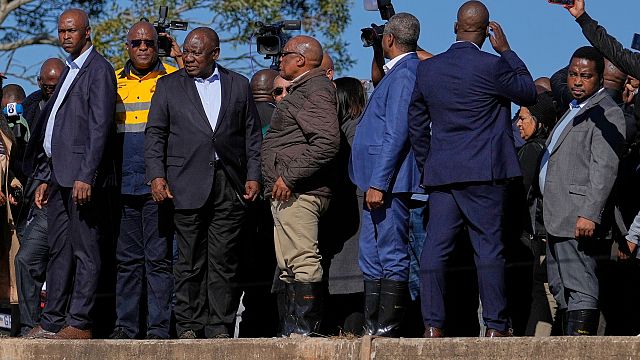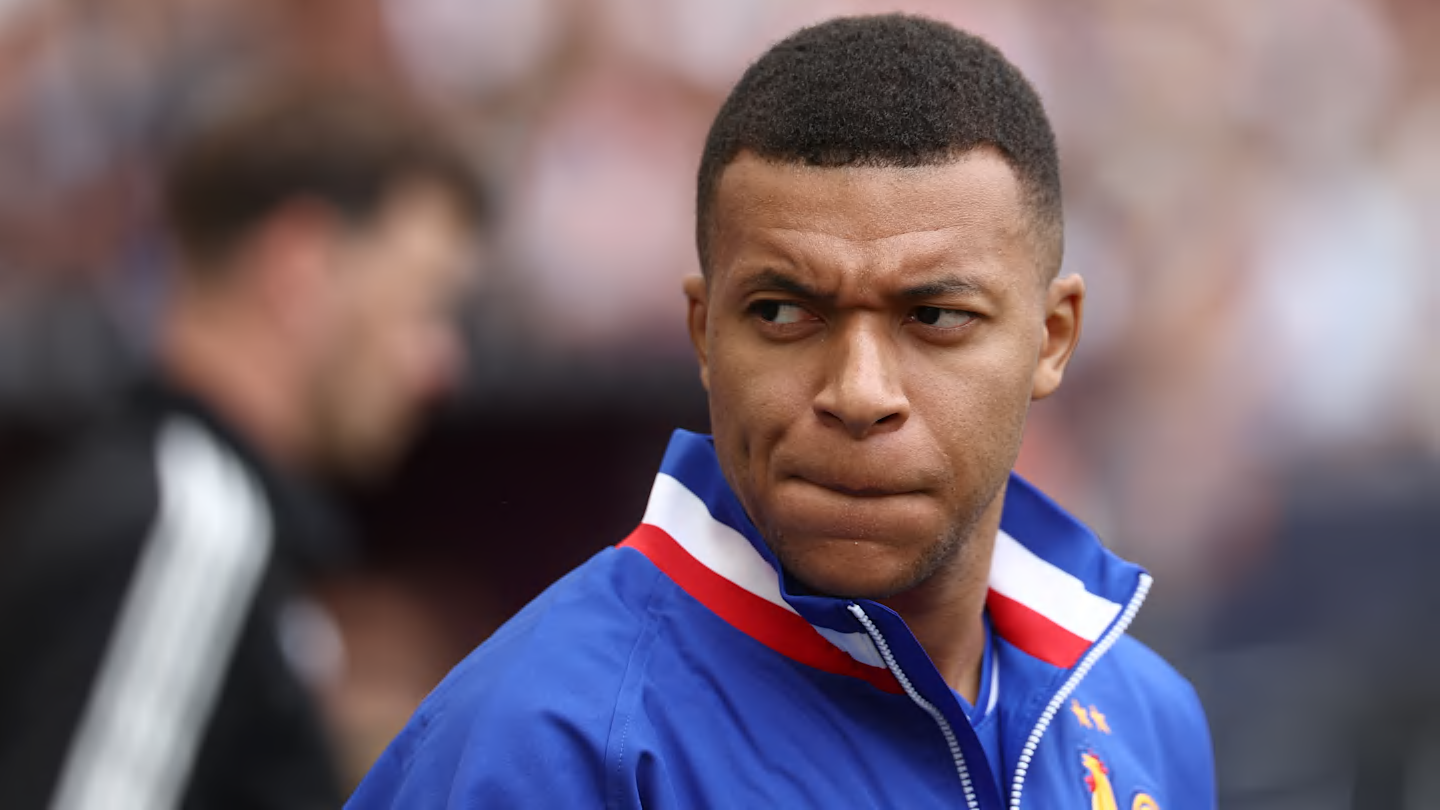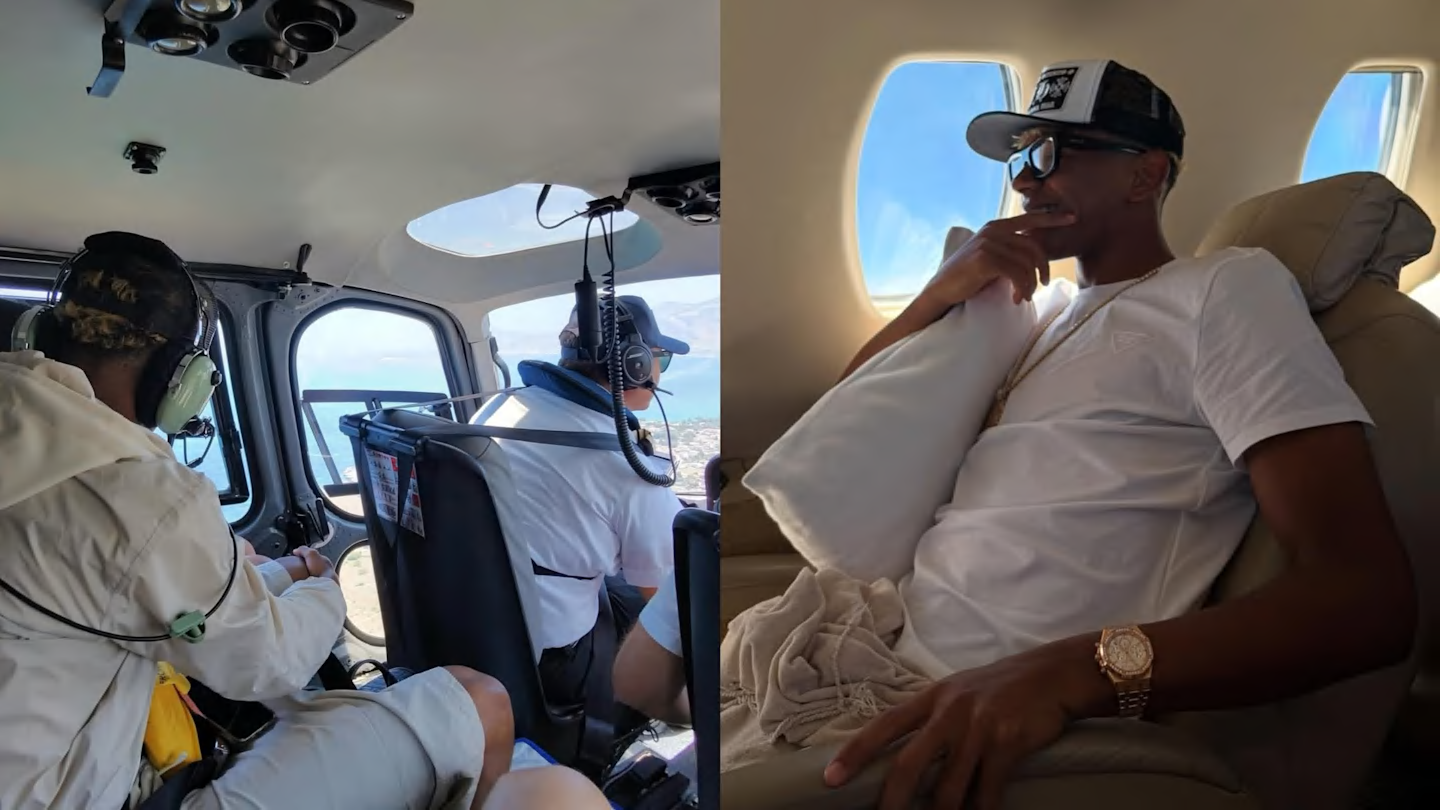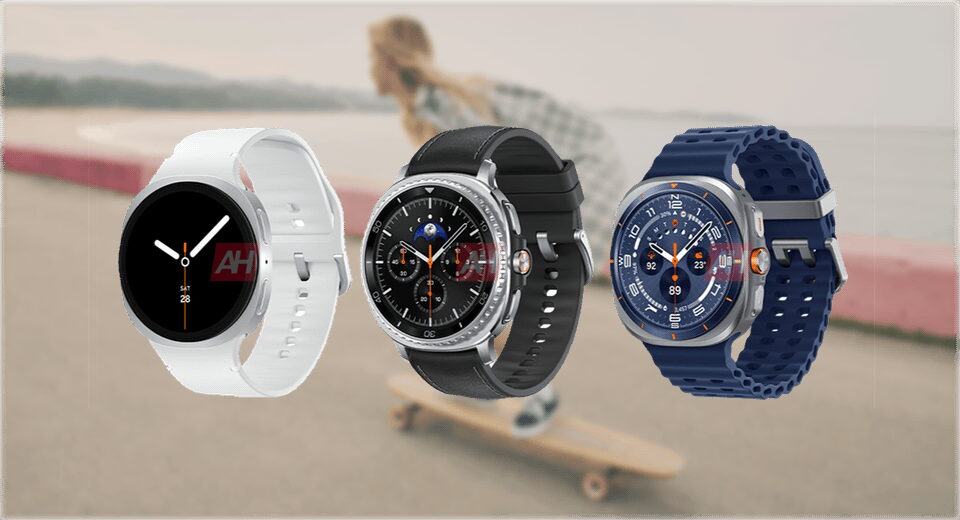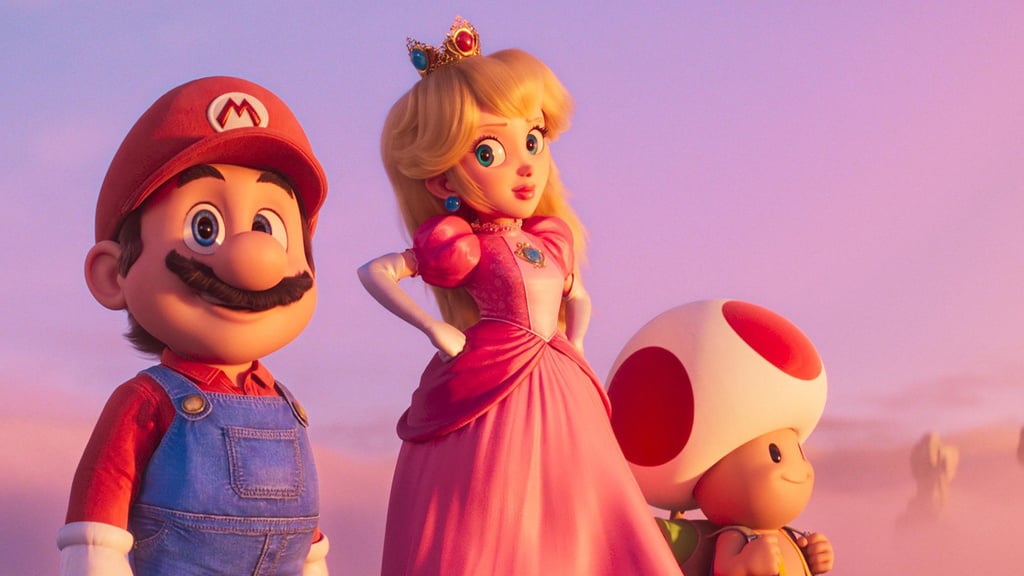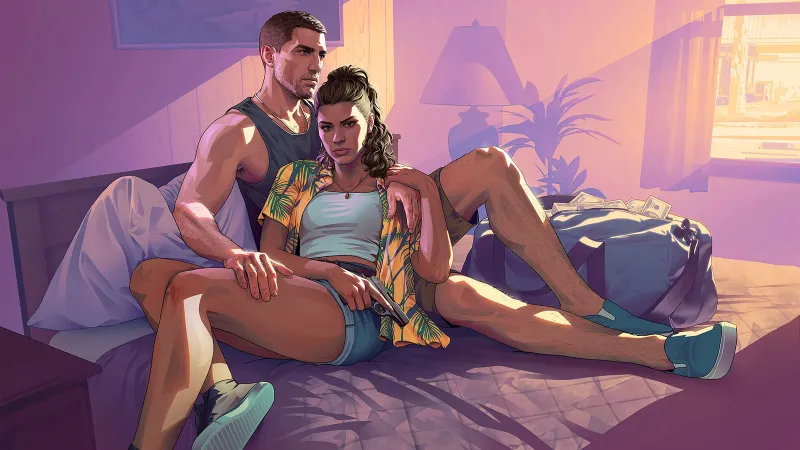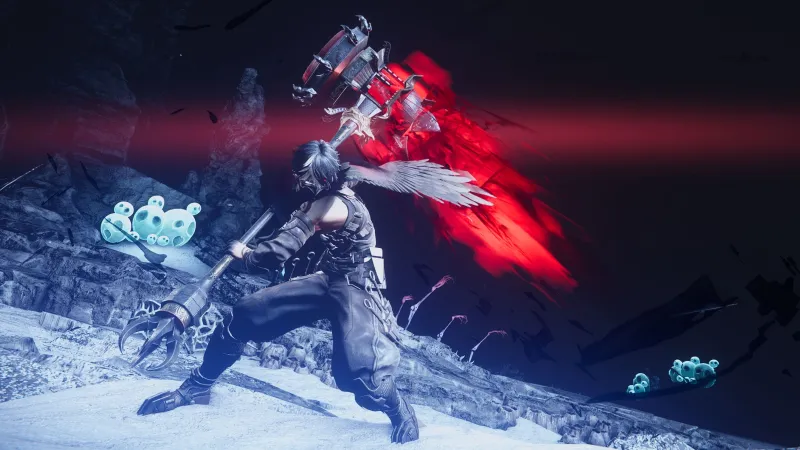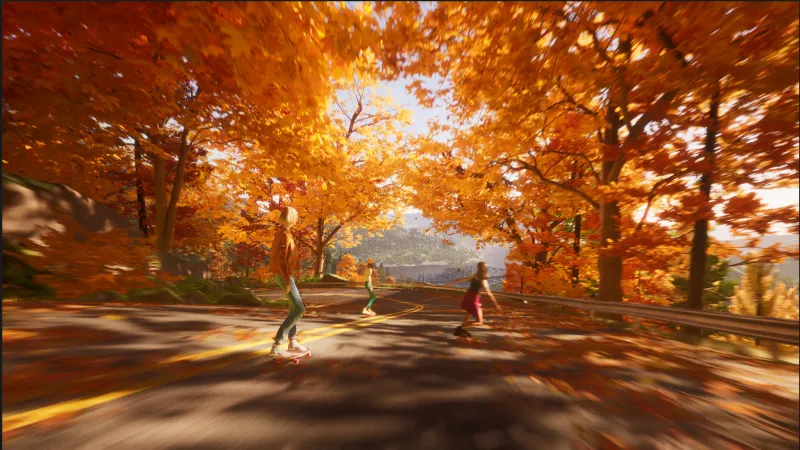Foday Musa Suso, 75, Dies; Ambitious Ambassador for West African Music


A master of the kora who worked with Herbie Hancock and Philip Glass, his career was powered as much by experimentation as by reverence for tradition. Foday Musa Suso, a griot, kora virtuoso, multi-instrumentalist and composer whose work with artists like Herbie Hancock and Philip Glass helped thrust West African musical traditions into conversation with the world, died on May 25 in his native Gambia. He was 75. The percussionist Stefan Monssen, a mentee of Mr. Suso’s, confirmed the death, in a hospital. He did not specify a cause, but said Mr. Suso had been in ill health in recent years after suffering a stroke. Mr. Suso was born into a long line of griots, the caste of musician-storytellers who are traditionally responsible for retaining oral histories in the areas of West Africa where the Mande languages are spoken. He traced his lineage back to Jeli Madi Wlen Suso, who is said to have invented the kora centuries ago by attaching 21 strings and a cowhide to a large calabash gourd. Mr. Suso was the rare musician who learned to play in the various regional styles of griots from around West Africa. In a tribute published in Gambia’s major newspaper, The Standard, Justice Ebrima Jaiteh of the country’s high court wrote, “Jali Foday was more than a musician, he was a living archive, a teacher, and a symbol of continuity in a rapidly changing world.” (The honorific “Jali” refers to Mr. Suso’s status as a griot.) And yet Mr. Suso’s career was powered as much by his will to expand as by reverence for tradition. He added three bass strings to his kora’s traditional 21, allowing him to hold a steady beat and make its sound more danceable — and therefore more appealing to young listeners in the 1970s. He wrote many of his own compositions. He also learned to play more than a dozen other instruments, including the balafon (an African predecessor of the xylophone), kalimba (also known as the thumb piano), nyanyer (a one-stringed violin-like instrument), ngoni (an early West African banjo) and talking drum. After moving to the United States, he began experimenting with electronic instruments as well. Hearing Black American music on the radio at an early age, Mr. Suso dreamed of bringing traditional West African music up-to-date enough to connect with a global audience. “Back home in Gambia, I used to hear Jimi Hendrix, James Brown and Howlin’ Wolf on the radio,” he told The Los Angeles Times in 1993. “I would say, ‘Well, these people are not Gambians and I’m hearing their music, so I think if I do the same thing they do, the whole world will hear my music.’” Mr. Suso reached a large global audience for the first time in 1984, when Herbie Hancock invited him to collaborate on a theme song for the Summer Olympics in Los Angeles. “He was very flexible and he was able to fit into any kind of music,” Mr. Hancock said in an email. “He just fit in, and it was fun — a new sound that gave the music a whole new dimension. “It was more global,” he added, “and at the same time a sound that reflected a part of my own, ancestral heritage from Africa.” Mr. Suso would go on to collaborate with a wide range of international stars across jazz, classical and rock music. But he made it clear that no matter where he traveled, he kept himself rooted in tradition. “What I play today comes from my village griot background,” he told The Los Angeles Times a decade and a half after moving to the States. “That tradition or history which I know about the Mandingo people in Africa, I have that with me. I can sit in Gambia right now in a village, hold the kora, and play in the middle of the crowd exactly like I never even left.” Foday Musa Suso was born on Feb. 18, 1950, in Sarre Hamadi, in the Wuli District of Gambia, which was then a British colony. His father, Saikou Suso, and his mother, Sarjo Jobarteh, both came from griot families. He began to learn the kora when he was 6. A few years later, he was sent to study with his uncle in another village, in accordance with Mande custom, which dictates that a griot in training never learn the tradition from his own father. After being confirmed as a griot at age 18, he taught kora at the University of Ghana in Legon. Before he could be a global ambassador of traditional West African music, Mr. Suso worked to pull it all within his grasp. Early on, he traveled well beyond the close borders of Gambia — the smallest country on the African continent — to visit the region’s kora masters, learning to play in each of their distinct tunings and styles. “It’s very rare to see a Gambian kora player and Guinean kora player sit down and play, because they cannot play each other’s way,” he said in a 1987 interview with Option magazine. But because he had traveled so much, he added, “I can play with anybody.” He eventually began to develop his own tunings, including ones designed to harmonize with Western instruments. In 1976, after meeting the record producer Verna Gillis in Ghana, Mr. Suso recorded what would become his first album, “Kora Music From the Gambia,” on which he played in a variety of styles and tunings and demonstrated his mastery of the many lineages of kora music. It was released two years later on Folkways Records. Around this time, Mr. Suso met the Chicago percussionist Adam Rudolph, who had traveled from the United States to study West African percussion. In 1977, after spending a month performing in London, Mr. Suso moved to Chicago, where he and Mr. Rudolph joined the drummer Hamid Drake and the bassist Joseph Thomas to form Mandingo Griot Society, a kind of fusion band whose repertoire was largely drawn from Mr. Suso’s memory bank. The band’s debut album, released in 1978, featured the trumpeter and world-music explorer Don Cherry as a special guest. Mandingo Griot Society would release a number of albums, later changing its billing to “Mandingo featuring Foday Musa Suso.” By its third album, “Watto Sitta,” the group was fully integrating synthesizers and heavy bass, embracing what appeared to be the future of popular music both in North America and Africa. Mr. Suso also toured and recorded with his uncle, the traditional Mande vocalist Tamba Suso. Mr. Suso first made contact with Mr. Hancock in early 1984, after reaching out to the bassist and producer Bill Laswell in hopes of securing a recording contract. Mr. Laswell was working on a new album with Mr. Hancock, who had recently been tasked with providing music for the upcoming Olympics and was looking for an international sound. Mr. Hancock and Mr. Laswell arranged for Mr. Suso to fly to New York to attend a late-night recording session for the Olympic theme. “After hearing some rhythm tracks, I said, ‘OK, I have some ideas,’” Mr. Suso later recalled of making what became the track “Junku” (meaning “Let’s do it” in the Mandinka language). “I plugged in my kora,” he said. “The first track I laid, they liked. They said, ‘We’ll keep this!’ And I said, ‘Are you sure? I have many more.’” Indeed, “Junku” — which was played at the Summer Games and appeared on Mr. Hancock’s 1984 album, “Sound-System” — was the first of many recordings that Mr. Suso and Mr. Hancock, on keyboards, would make together. Mr. Suso joined Mr. Hancock’s touring band, and in 1985 they released a duo album, “Village Life.” They followed it with another collaboration in 1987, the live LP “Jazz Africa.” Mr. Suso had not managed to find a recording contract for himself in New York, but in 1984 he released his second album, “Hand Power,” on Flying Fish, the Chicago label that had put out Mandingo’s albums. He would continue making albums under his own name, including “Mansa Bendung: Welcome the King,” featuring Tamba Suso on vocals, in 1986; “The Dreamtime,” in 1990; and “The Two Worlds,” in 2008. Mr. Suso began collaborating with the composer Philip Glass in the late 1980s; Mr. Glass’s elegant, repetitive ruminations made it a natural fit for Mr. Suso’s similarly woven kora style. Their friendship and artistic partnership would last for nearly 40 years. They wrote and recorded music for Godfrey Reggio’s film “Powaqqatsi” (1988); scored a 1992 staging of the Jean Genet play “The Screens”; and, exactly 20 years after Mr. Suso had teamed with Mr. Hancock for the 1984 Olympics, collaborated on “Orion,” a large-scale work for the Summer Games in Athens.When members of the Kronos Quartet once asked Mr. Glass if he knew how they could reach Mr. Suso, the composer laughed — Mr. Suso was currently his house guest. Mr. Glass put them in touch, and the resulting collaboration appeared on the quartet’s 1992 album, “Pieces of Africa,” which topped both Billboard’s classical and world music charts. “Foday was able to adapt his own musical practice with other people,” Mr. Glass said in an email. “I don’t know anybody who did it as well as he did. The results were something neither of us could have created alone.” Mr. Suso also toured with Mr. Laswell, the drummer Ginger Baker and the keyboardist Bernie Worrell. He collaborated extensively with the drummer Jack DeJohnette and recorded with the saxophonist Pharoah Sanders. He lived in Chicago for many years before moving to Seattle in the 2000s, followed by stints in Atlanta and New Haven, Conn. After his stroke, he moved back to Gambia full time in 2021. Mr. Suso is survived by his wife, Bobo Suso; his brother, Dembo Kanuteh; his sister, Tida Kanuteh; two daughters, Jali Neneh Suso and Fatou Suso; three sons, Bah Seikou, Bah Lamin and Ousman Kebbi; and four grandchildren. Even before he moved back to his home country, Mr. Suso had made a habit of returning frequently. “I don’t go to clubs there,” he told the publication San Francisco Classical Voice in 2012. “I get in my car and go to traditional areas, checking the music out, telling them, ‘Don’t let the tradition go, because if you don’t have the tradition, you don’t have anything.’”
What's Your Reaction?
 Like
0
Like
0
 Dislike
0
Dislike
0
 Love
0
Love
0
 Funny
0
Funny
0
 Angry
0
Angry
0
 Sad
0
Sad
0
 Wow
0
Wow
0





